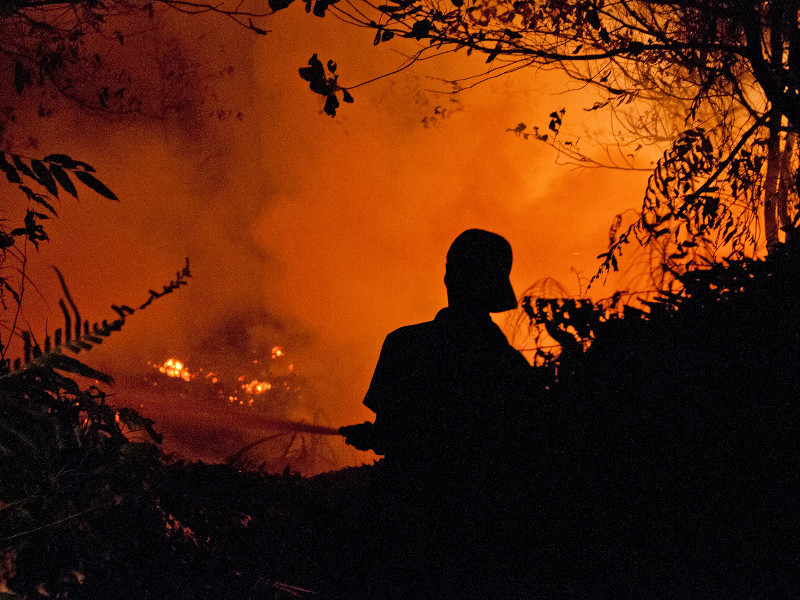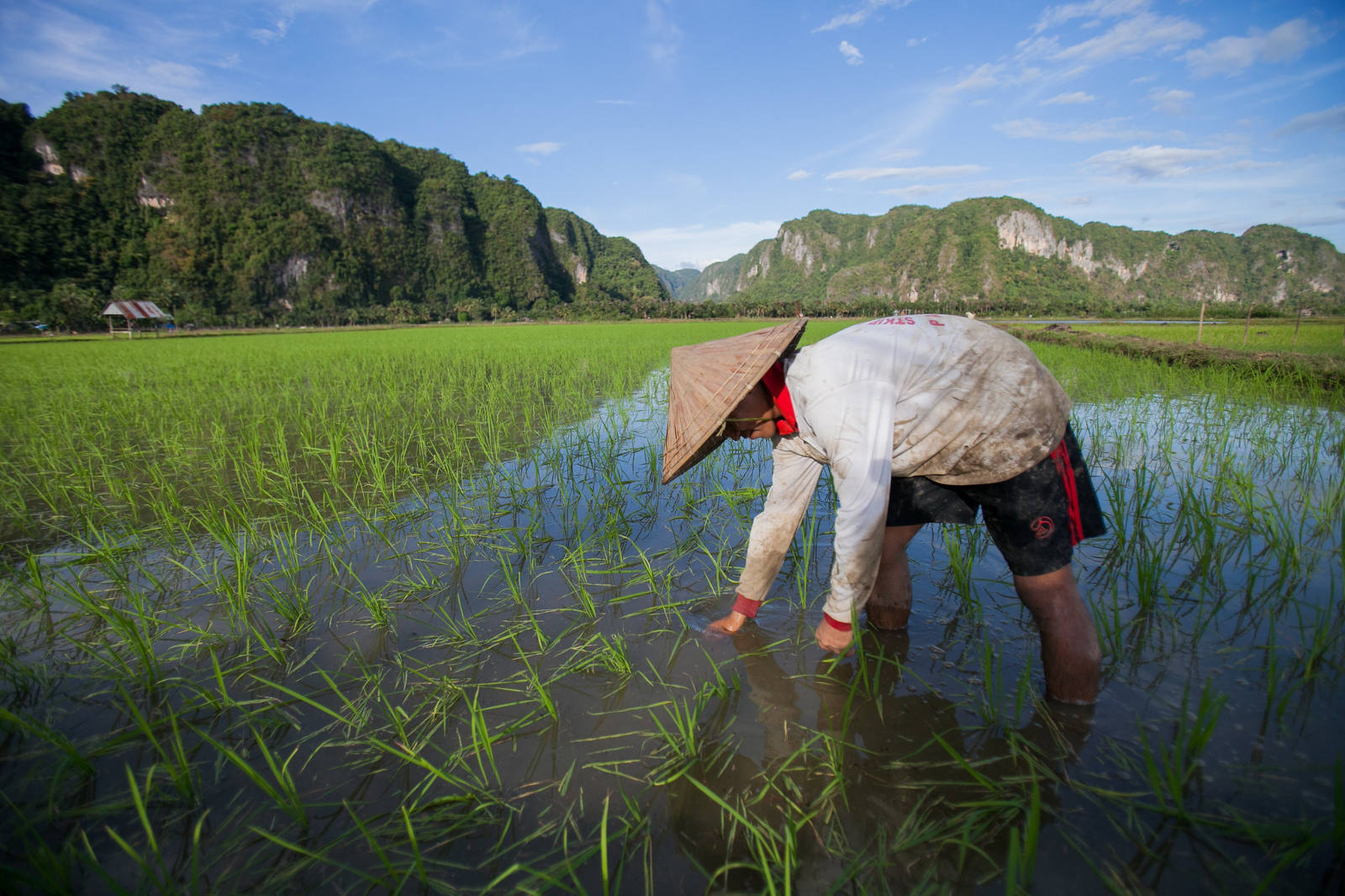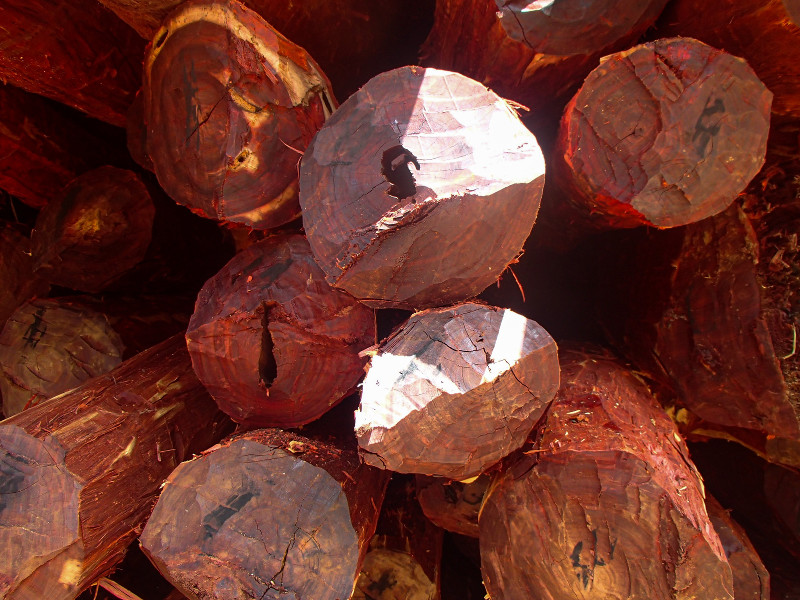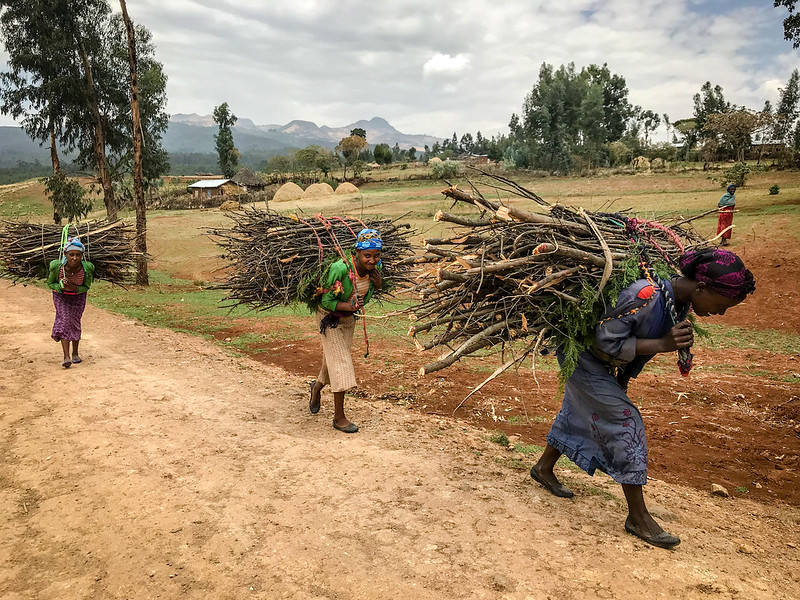Appropriate canopy management, including planting density and pruning, and application of fertilizer may increase flowering success and seed and oil yields of Jatropha curcas L. Two field experiments were performed from 2009 to 2011 in Balaka, Malawi, to assess the effect of planting density and pruning regime and single fertilizer application (N, P, and K) on male and female flower number and seed and oil yields of J. curcas. Planting density influenced flower sex ratio and female flower number. Branch pruning treatments did not influence the flower sex ratio but reduced seed and final oil yield by 55 % in the following year. It is claimed that J. curcas can be grown on soils with low nutrient content, but this study revealed that yield was low for non-fertilized trees. We observed higher seed and oil yields at higher N application rates (up to 203±42 % seed and 204±45 % oil yield increase) compared with the non-fertilized control. The study suggests thatcurrently used heavy pruning practice is not recommended for J. curcas cultivation, although it needs further longer term investigation. Applying nitrogen fertilizer is effective in increasing yield.
DOI:
https://doi.org/10.1007/s12155-016-9767-6
Altmetric score:
Dimensions Citation Count:

Publication year
2016
Authors
Negussie, A.; Achten, W.M.J.; Norgrove, L.; Mekuria, W.; Hadgu, K.M.; De Both, G.; Leroy, B.; Hermy, M.; Muys, B.
Language
English
Keywords
jatropha curcas, planting density, oil yields, nutrient content, canopy, agronomy, biofuels
Geographic
Malawi




















